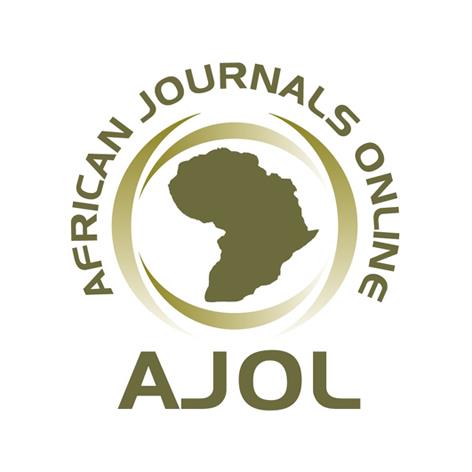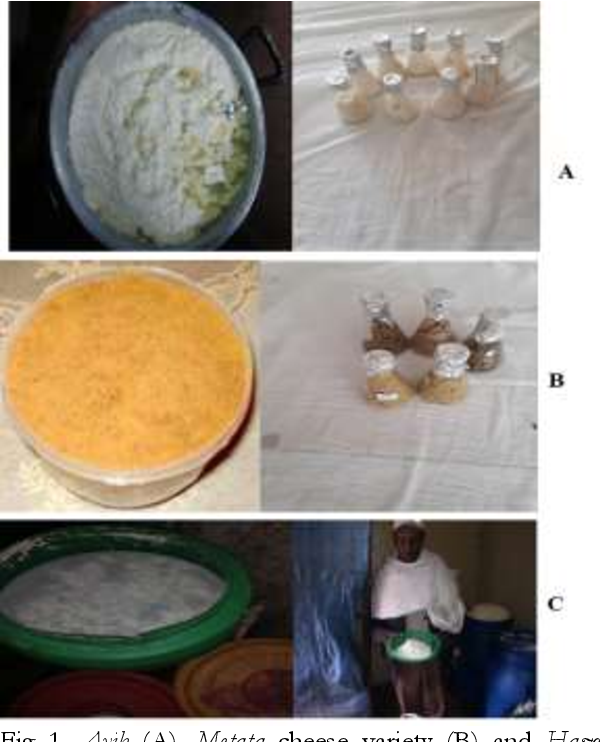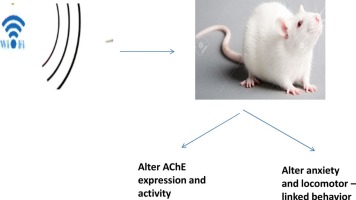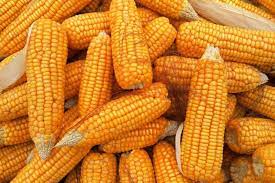Contribution of Dairy Products to Farm Household Nutrition in Addis Ababa and Hawassa-Dilla Milk Sheds in Ethiopia
Downloads
Background: Consumption of traditional dairy products is a common practice in Ethiopia. However, there are limited evidences that show factors that may attribute to differences to the contribution of dairy products to family nutrition. A desegregation of factors by intra-household factors, farming systems, and milk sheds are necessary.
Objective: This study was aimed at assessing the contribution of dairy products to household nutrition, and also compared the two major milk sheds in Ethiopia, namely, the Addis Ababa and Hawassa-Dilla.
Materials and Methods: A cross sectional household survey was conducted in two purposively selected districts from each of the two milk sheds (Wachale and Angolela Tera districts from Addis Ababa) and Arsi Negelle and Dalle districts from Hawassa-Dilla). Four kebeles (the smallest administrative units) from each district were selected, followed by a random selection of 320 farm households owning dairy cows. The survey was conducted using semi-structured questionnaires.
Results: The study revealed that the two milk sheds were significantly (P < 0.001) different in the amounts of milk produced at the household level. In Hawassa-Dilla milk shed the proportions of milk used for family consumption and home processing were 29.50% and 42.70%, respectively. However, in the Addis Ababa milk shed, 66.54% of the milk produced was sold out as raw milk. Households at Wachale (15%), Angolela (18.8%), and Dale (10.3%) districts ranked dairy products, crop-based foods, and a combination of both as the essential food groups to the family food, respectively. About 21.6% and 11.9% of the households in Addis Ababa and Hawassa-Dilla milk sheds, respectively, had year-round access to milk and dairy products for household consumption. Milk is most commonly given to children under five-years of age in both milk sheds. Other foods sourced from animals such as beef, fish, chevon, poultry were consumed rarely and appeared only on certain occasions and holidays.
Conclusion: This study has demonstrated that dairy products are the most commonly consumed Animal Source Foods (ASFs) by the farm households in both milk sheds, which is an integral part of the food groups. Keeping the intra-household and district level differences, it was observed that the Addis Ababa milk shed is more accessible to raw milk markets; hence the proportion of milk sold out as raw milk is higher, and the proportion of milk that is traditionally processed into other dairy products is much less than that from farmers in the Hawassa-Dilla milk shed. The information generated in this study will help stakeholders to design a program that can best balance between market access/family income and family nutrition in the two milk sheds.
Copyright (c) 2022 Dereje Duressa, Sintayehu Yigrem, Yetenayet B. Tola, Taye Tolemariam

This work is licensed under a Creative Commons Attribution-NonCommercial-NoDerivatives 4.0 International License.
- I am authorized by my co-authors to enter into these arrangements.
- I warrant, on behalf of myself and my co-authors, that:
- the article is original, has not been formally published in any other peer-reviewed journal, is not under consideration by any other journal and does not infringe any existing copyright or any other third party rights;
- I am/we are the sole author(s) of the article and have full authority to enter into this agreement and in granting rights to Springer are not in breach of any other obligation;
- the article contains nothing that is unlawful, libellous, or which would, if published, constitute a breach of contract or of confidence or of commitment given to secrecy;
- I/we have taken due care to ensure the integrity of the article. To my/our - and currently accepted scientific - knowledge all statements contained in it purporting to be facts are true and any formula or instruction contained in the article will not, if followed accurately, cause any injury, illness or damage to the user.
- I, and all co-authors, agree that the article, if editorially accepted for publication, shall be licensed under the Creative Commons Attribution License 4.0. If the law requires that the article be published in the public domain, I/we will notify Springer at the time of submission, and in such cases the article shall be released under the Creative Commons 1.0 Public Domain Dedication waiver. For the avoidance of doubt it is stated that sections 1 and 2 of this license agreement shall apply and prevail regardless of whether the article is published under Creative Commons Attribution License 4.0 or the Creative Commons 1.0 Public Domain Dedication waiver.
- I, and all co-authors, agree that, if the article is editorially accepted for publication in Haramaya Journals, data included in the article shall be made available under the Creative Commons 1.0 Public Domain Dedication waiver, unless otherwise stated. For the avoidance of doubt it is stated that sections 1, 2, and 3 of this license agreement shall apply and prevail.












